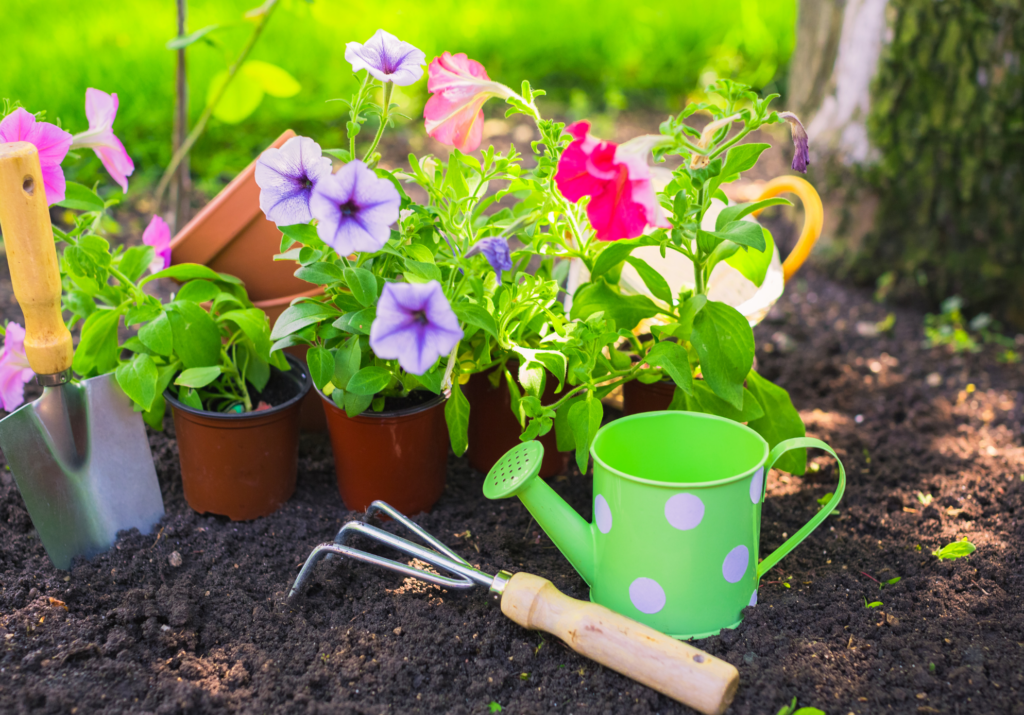Tips for a Low-maintenance Garden
Tips for a Low-maintenance Garden
Homeowners strive to have a beautiful garden, but maintaining it can be a daunting task. A manicured garden requires a lot of work and money to buy products to keep plants nutritious.
It doesn’t have to be that way. You can enjoy a stunning lawn with low maintenance.

Wild grass occupies most of the space in your garden in Hinsdale. Think of switching to artificial grass, which accomplishes growth and doesn’t need chemicals to keep it healthy. Choose plants that don’t produce much but give you colorful blooms with a gorgeous scent. Be innovative and go wild with your plants. Allow Mother Nature to care for them.
Attach to Unfussy Plants such as Perennials.
A low-maintenance garden requires unfussy plants that will thrive for many years. Perennials are a favored choice among gardeners. They burst with blooms of beautiful colors that please the eye and emit bold scents.
Prepare to fall in love with our unique choices of perennials for your garden.
- Daylily
They are adapted to survive almost anything: changing temperatures, uneven watering, and a wide range of soils. Although their blooms last a day, they flower profusely.
- Phlox
The flowers of low-growing phlox cover the ground. In the summer, the tall phlox blooms provide a beautiful backdrop to your landscape. They require little TLC and release a lovely scent.
- Hydrangeas
The big blooms provide elegance, appeal, and reach in lavender, blue, and white blends. The plant can live up to 49 years.
Seat Artificial Grass
Preserving natural grass in your garden requires mowing, watering, re-seeding, fertilizers, and weed killers. These activities must be done repeatedly, cost money, and take time away from relaxation.
Consider switching to low-maintenance artificial grass, which will make your garden look stunning all year round. Since unnatural grass doesn’t grow, you don’t have to mow the lawn. However, you must hose at least once a week to prevent the accumulation of grime, bacteria, and pet droppings.
If you have kids or pets, you’ll have peace of mind that they are playing in a secure place. Cuts and bruises can be avoided, except for the crying. There are turfs mainly made for pets, so you don’t have to worry about digging.
Although artificial grass is a significant investment, it will recoup its cost over time. Premium turf typically lasts around 21 years and can be extended with proper maintenance.
Grow Evergreen Shrubs
Besides making your garden look stunning, evergreen shrubs give you the much-needed privacy and shelter for birds and wildlife.

Evergreens arrive in various shapes and sizes with different shades of green. When shopping, pay attention to the title or instructions on the product. Shrubs don’t stay pretty for long. You don’t want to deal with a maintenance nightmare by pruning four times a year.
We have gathered our favorite evergreen shrubs to help you create your selection.
- False Cypress
It has soft, fern-like needles and elegant limbs and can resist cold weather. False cypress is an inflection plant that grows pyramidal and is low-maintenance.
- Gardenia
The dark green leaves are glossy, matching the striking, scented bloom. Gardenia thrives in warm climates and blooms all season long.
- Arborvitae, Round Form
It is a dwarf, evergreen shrub that grows to 24 inches in height. It is adorable in its round shape and can be tucked away anywhere.
Lay Mulch on Beds
Mulch is applied to the soil as a cover. It retains moisture in the soil, prevents weeds from sprouting, blocks sunlight, and makes garden beds visually appealing.
Wait until your plants have begun growing before applying mulch. Your lovely plants will die if they get buried in mulch.
Keep your mulch about three inches away from the bottom of your plants. This will help keep your plants healthy, prevent insects from nesting, and improve air circulation.
Allow Some Areas to Go Wild
Allow Mother Nature to design your garden, creating a more natural, flowing area with restrictions. Allow your plants to grow near the edges without contouring them to the form they’re not. This will result in significantly less upkeep for you.
Research before you select the plants native to your location. Ensure the plants will fit the space when they reach their maximum growth to minimize trimming. Native plants do not need chemicals to be healthy or to prevent insects. You can discover some plants in your vicinity that are developing naturally.
Combine the traditional areas of your garden with a naturally wild look. Please bring in the new yard and blend it with savage plants to go wild. Wild doesn’t mean it’s neglected; it means getting.
The design is in your work.
Low-maintenance gardening allows you to spend more time enjoying your space, rather than maintaining it. Attempt some of these low-maintenance garden visions and see how much free time you will regain! Incorporating these low-maintenance options, from perennials and mulch to shrubs and artificial grass, you can make a truly spectacular garden that requires minimal effort and time. Hopefully, our tips helped you reconsider gardening as a whole, and now you know that gardening is not only not an insufferable chore but can also be a fun activity.

